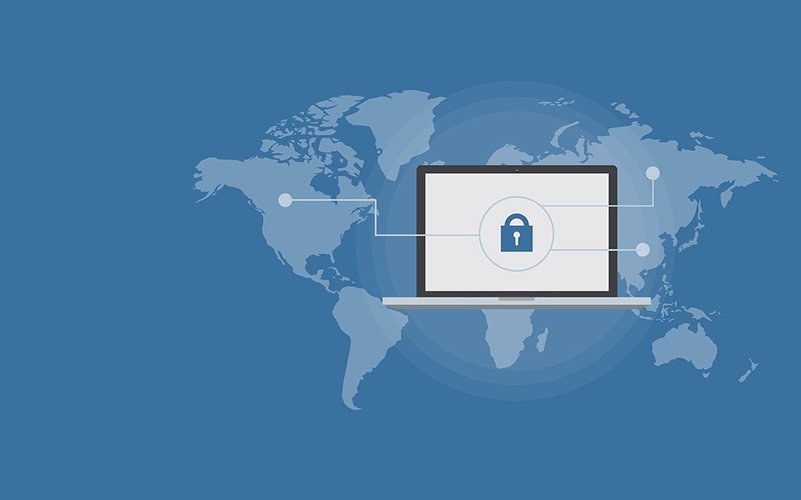According to a report commissioned by Apricorn of 100 UK-based IT decision makers from enterprise organisations, more than half (57%) still believe that remote workers will expose their organisation to the risk of a data breach.

Apathy continues to be a major problem, with just over a third (34%) of IT leaders saying their remote workers simply don’t care about security – exactly the same percentage as last year – which suggests organisations are struggling to get employees to buy into the security strategy.
Jon Fielding, Managing Director EMEA, Apricorn, says: “This year, the need for organisations to facilitate effective and secure remote working has been cast into the spotlight to an extent no-one could have anticipated. Our survey shows that while progress has been made in some key areas since 2019, some of the same risks – such as employee apathy or error – remain a problem. In these currently challenging times, it’s all the more important that security is a priority for everyone.”
Organisations have increasingly recognised the importance of endpoint control as remote working has become more prevalent. Nearly all (96%) mitigate the risks of BYOD (bring your own device) with a security strategy that covers employees’ use of their own IT equipment out of the office. Of those, 42% only allow the use of devices that have been provisioned or approved by IT, and enforce this with strict security measures. This is a significant rise on 2019, when just over 11% did so.
READ: Data and security considerations for remote working
“Strengthening endpoint controls allows organisations to trust in the integrity of their data and systems wherever the employee is accessing them, and whatever device they’re using. The fact that businesses are recognising and enforcing this is a positive step,” comments Fielding.
This change is crucial given that lost or misplaced devices is now the second biggest cause of a data breach – cited by almost a quarter of respondents (24%), up from 17 percent a year ago. Employees unintentionally putting data at risk remains the leading cause (33%), with third parties mishandling corporate information cited as one of the main causes by 23%.
Despite this, the majority (87%) of UK IT decision makers agree that their organisations’ remote workers are aware of cyber security risks and practices, and follow required policies at all times.
“Remote working is not a new concept, but with so many employees now having had a taste for home working, it might be hard for businesses to put that particular lid back on – so they need to figure out where their vulnerabilities lie now, and address them,” adds Fielding.
When it comes to the challenges of implementing a cyber security plan for remote working, almost a fifth of IT decision makers (19%) say managing all the technology employees need is the biggest problem, a drop from 30% in 2019, which suggests that organisations are getting a handle on the complexity involved in the technology aspect. In addition, fewer IT leaders believe that difficulties with GDPR compliance is the biggest problem with mobile working.
Free Download: The Video Surveillance Report 2023
Discover the latest developments in the rapidly-evolving video surveillance sector by downloading the 2023 Video Surveillance Report. Over 500 responses to our survey, which come from integrators to consultants and heads of security, inform our analysis of the latest trends including AI, the state of the video surveillance market, uptake of the cloud, and the wider economic and geopolitical events impacting the sector!
Download for FREE to discover top industry insight around the latest innovations in video surveillance systems.
